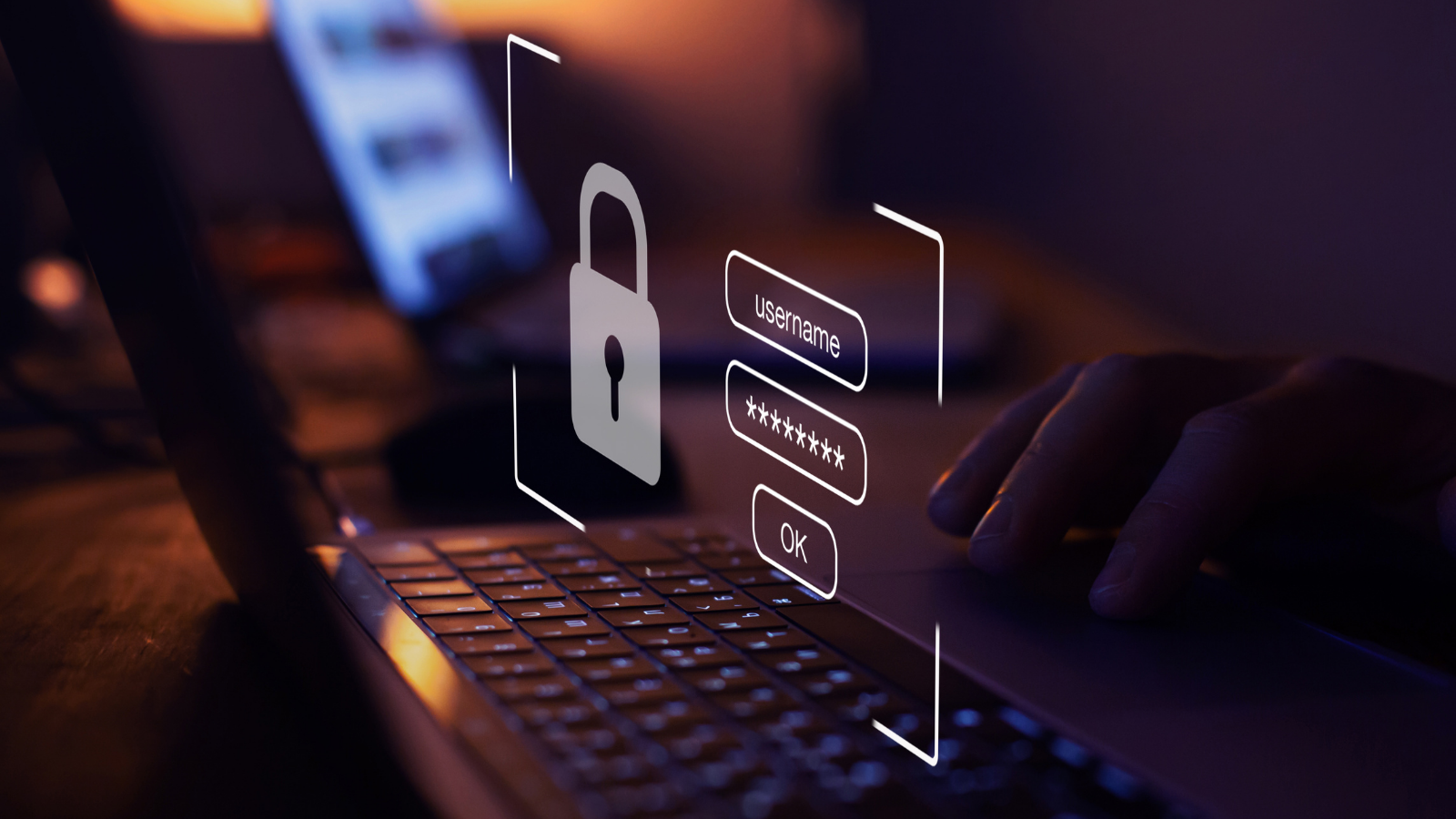
In the context of a higher education environment, where the scope of Stellenbosch University’s online activities continues to expand, it’s become commonplace for the average user to manage an ever-increasing number of passwords. Gone are the days when just a handful would suffice; now, we may find ourselves juggling upwards of 100 unique passwords, especially when practicing strong password security. To mitigate the challenges of remembering these numerous access codes and bolster our accounts’ security, we strongly recommend using password managers.
Our guidance and suggestions
Selecting a weak or easily guessable password is akin to locking the door but carelessly leaving the key in the lock. Malicious actors, including computer hackers, can swiftly exploit such passwords. However, the good news is that employing strong passwords constitutes one of the simplest and most effective measures to safeguard your accounts, thereby reducing the risk of unauthorized access to sensitive information, data, finances, and even your personal identity.
Enhance your passwords with the following strategies
1. Length matters: Passwords that are at least 14 characters long offer the highest level of security. This is also a requirement of the new password regulation.
2. Complexity is key: Create passwords using a random combination of uppercase and lowercase letters, numbers, and symbols. If you need to remember your password, consider crafting a memorable “passphrase” comprising 5 to 7 unrelated words. Feel free to inject creativity into your spelling or incorporate numbers and symbols.
3. One for each: Ensure that each account employs a unique password.
Admittedly, it’s virtually impossible to remember long and unique passwords for the myriad accounts in our academic and personal lives. Rather than resorting to the risky practice of jotting them down or reusing weak passwords, we advocate the use of a password manager.
Password managers are designed to generate intricate and one-of-a-kind passwords on your behalf. They securely store all of these passwords in one central location and promptly alert you to instances of weak, reused, or compromised passwords. Moreover, they can automatically input your login credentials into websites and applications through a secure browser plugin. The only password you need to remember is the master password used to access the password manager itself.
(Pro Tip: Craft a memorable, lengthy “passphrase” as mentioned earlier, and never commit your master password to writing.)
Key statistics to consider
It’s worth noting that in our educational community, only 33% of individuals have adopted the practice of creating unique passwords for all their accounts. Additionally, a mere 18% have availed themselves of the security offered by a password manager. These statistics underscore the importance of promoting and implementing strong password practices and the use of password management tools within our academic environment.


